Learn : Behavior & Training
Ways to Help My Resource Guarding Dog at Mealtime
As with any part of dog training, it is important that the pet parent always takes full ownership of the dog’s behavior and the outcome of the training, regardless of the breed. Your dog can learn positive behaviors but only with your support and patience.
Mealtime can be a struggle for some families, but it does not have to be. Whether your dog has been exhibiting “picky” eating behaviors, getting overly excited, or even showing some signs of aggression at meals, all of those behavior patterns have been learned by your dog over time and reinforced by your actions as his pet parent.
Just as it is your responsibility to select nutritionally complete food, it is also up to you to gently and consistently guide your dog or puppy to the proper behavior. Even in the case of adopted senior dogs, those behaviors have simply been reinforced by his previous home or homes, and as his new family, it falls on your shoulders to encourage him to behave as you need him to.
Some less-than-ideal mealtime habits may be more stubbornly ingrained than others, but dogs are capable of learning the right behavior with patience and firm leadership from their beloved humans.
Setting the Stage for Success
Decide on a feeding routine that works for you, your dog, and your household. Once you have established a schedule, be sure to stick to the feeding routine as consistently as you possibly can. This consistency in your behavior builds your dog’s trust in you as his pack leader.
It may be challenging if your dog tends to engage in picky dog behaviors or otherwise refuses to stick to the routine, but take care not to rush off and buy a new formulation of food the second he skips a meal or two. If he refuses to eat several meals, you may wish to check with your vet about a possible health issue, but the idea that dogs “get tired” or their food is largely a myth, so stick to the routine and simply wait for him to adjust.
Helping the Resource-Guarding Dog
Dogs who display resource-guarding behavior at mealtimes (also commonly referred to as food aggression) present a special training challenge, and they represent the most negative possible mealtime behavior. After all, excessive excitement or mildly poor behavior at mealtime might be annoying, but food aggression like growling or a snapping can be downright dangerous.
Managing this behavior pattern can be particularly tricky and important in households with multiple dogs (or when other dogs are visiting), where a dog may fear having his food taken, but it is possible for you to help your pup get over this potentially serious issue and worry less. If you fear severe aggression when guarding, it is always best to enlist the help of a professional dog trainer before mixing in other dogs at meal time, but there are a few best practices you can follow to encourage positive behavior on your own if the issue is relatively mild.
“Wait” Training with Food
Mealtime is a great time to practice training restraint in your dog or puppy, particularly if he struggles with guarding his food. Have him sit or hold a down stay while you are preparing his food. If he gets up before you put the food bowl down and tell him that it is all right to come forward for the food, halt your preparation and wait until he resumes his post.
The idea here is to reward calm, peaceful behavior at mealtime, and to set an expectation of even, steady energy. When a dog is agitated before he even begins his meal (perhaps even barking or jumping around the room), that is less than ideal. Continuing to carry out the feeding routine at that point can reinforce unwanted behavior and aggression, so it is important to breed positive associations in your dog’s mind between remaining patient and receiving meals.
This may mean that mealtime takes a little longer, particularly if your dog happens to struggle with self-control, but in time, he should improve. The larger goal here should be a well-mannered dog who understands that chaos and resource guarding goes unrewarded and politeness means a meal.
Establishing Trust and Boundaries
Be consistent and firm about the flow of mealtime every day. Sometimes resource guarding behavior stems from anxiety about when the next meals will come, so sticking to the same time of day for morning and evening meals can go a long way toward minimizing the dog’s feeling of worry. It may seem like a simple thing, but every bit helps when a dog or puppy is struggling with this behavior.
Also, be sure to leave your dog’s food alone once you have set it down. If he wanders away from it, feel free to remove the dish after thirty minutes, but taking the dish away from him while he is still enjoying his meal is not a good practice and erodes trust. Leave your dog to eat in peace, unless you are strategically desensitizing him to your presence as discussed below. Show him that guarding is not necessary.
Positive Reinforcement With Your Presence
Once your dog has adjusted to the consistent routine that you have set and he is regularly demonstrating restraint and calm before eating, with no guarding tendencies, you may wish to create an association in his mind between your presence and even more of what he likes.
Here is one easy way to do this: withhold part of your dog’s meal at the outset to make up for the extra calories he will take in as part of this training method. Have him sit, put his food bowl down, let him come forward to eat, and wait for him to finish that much of his meal. Then, once his food bowl is clean, approach with the rest of his food, or with a few high-value treats. You can also toss treats to him while he is eating, casually walking by and dropping them as you pass.
For many dogs who tend toward resource guarding and aggression, this simple exercise can go a long way toward building the idea in his mind that you are there to add to his meal, not to take away from it. In time, this should desensitize him to your presence and make mealtime more peaceful and positive for everyone involved.
Take care to make mealtime as low-stress as possible for your dog, visiting other dogs, and your household by choosing a nutritious balanced diet, remaining consistent, and building positive associations between good behavior and delicious food.


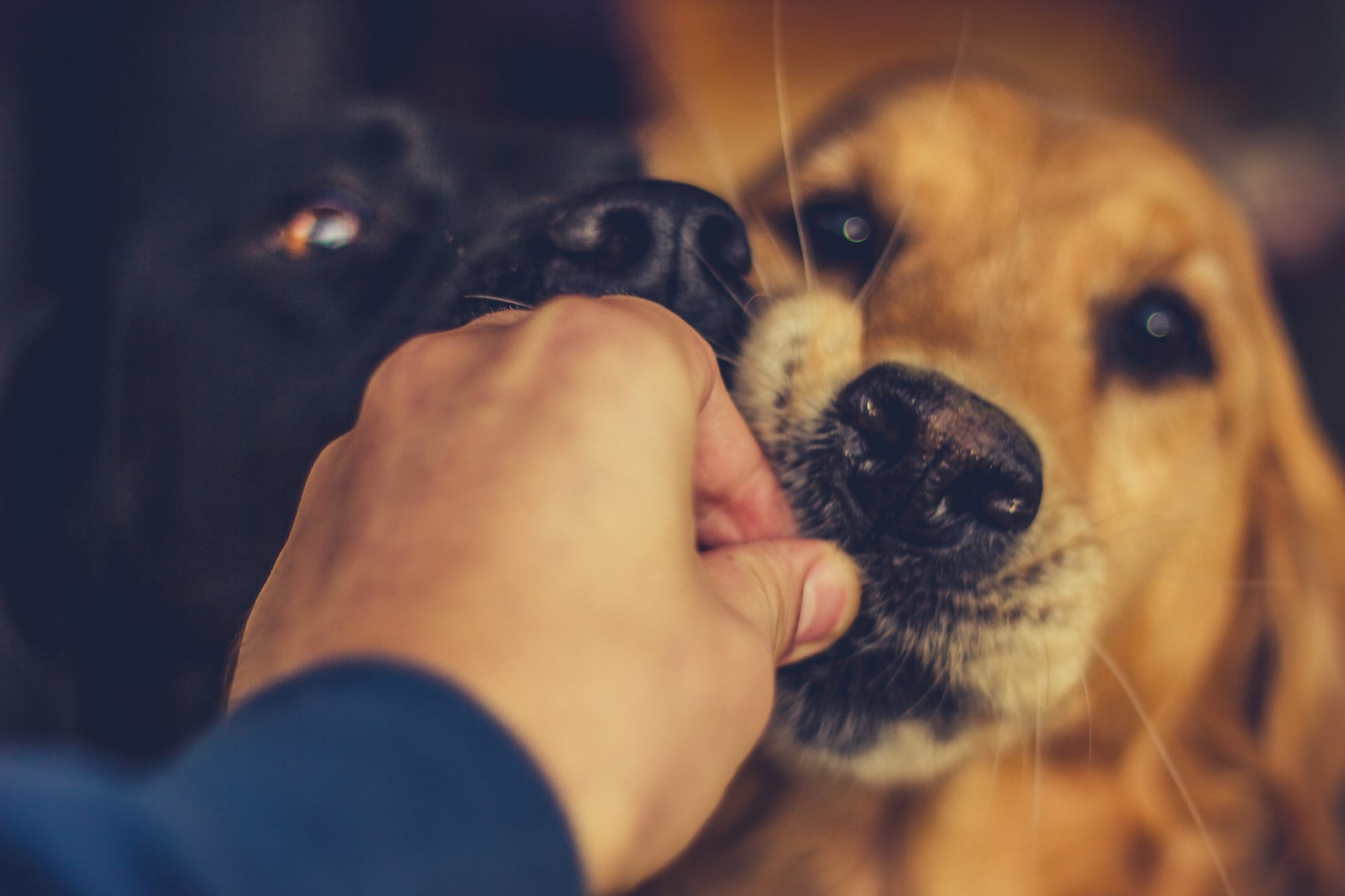
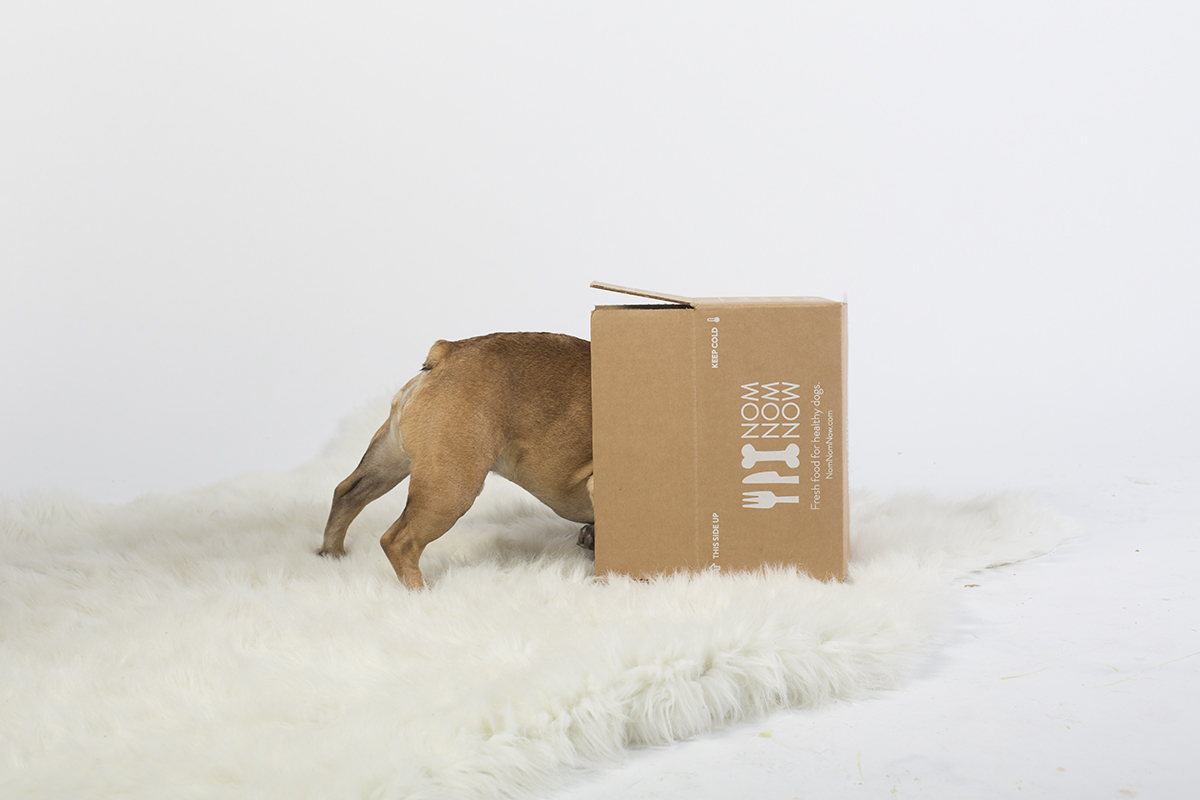 Dog Is A Picky Eater
Dog Is A Picky Eater
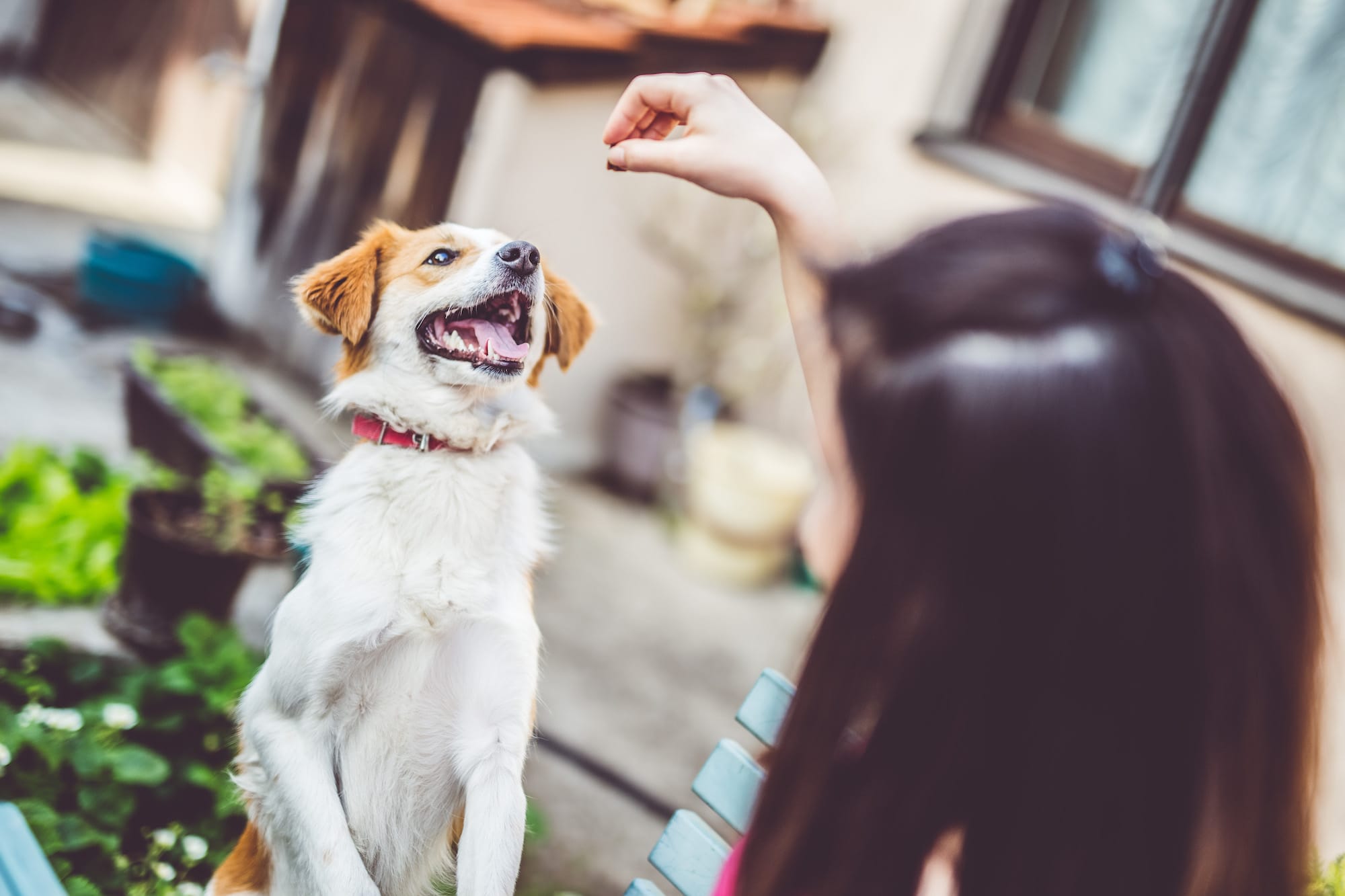 The Truth About Treats - Tasty, but Not Equal
The Truth About Treats - Tasty, but Not Equal
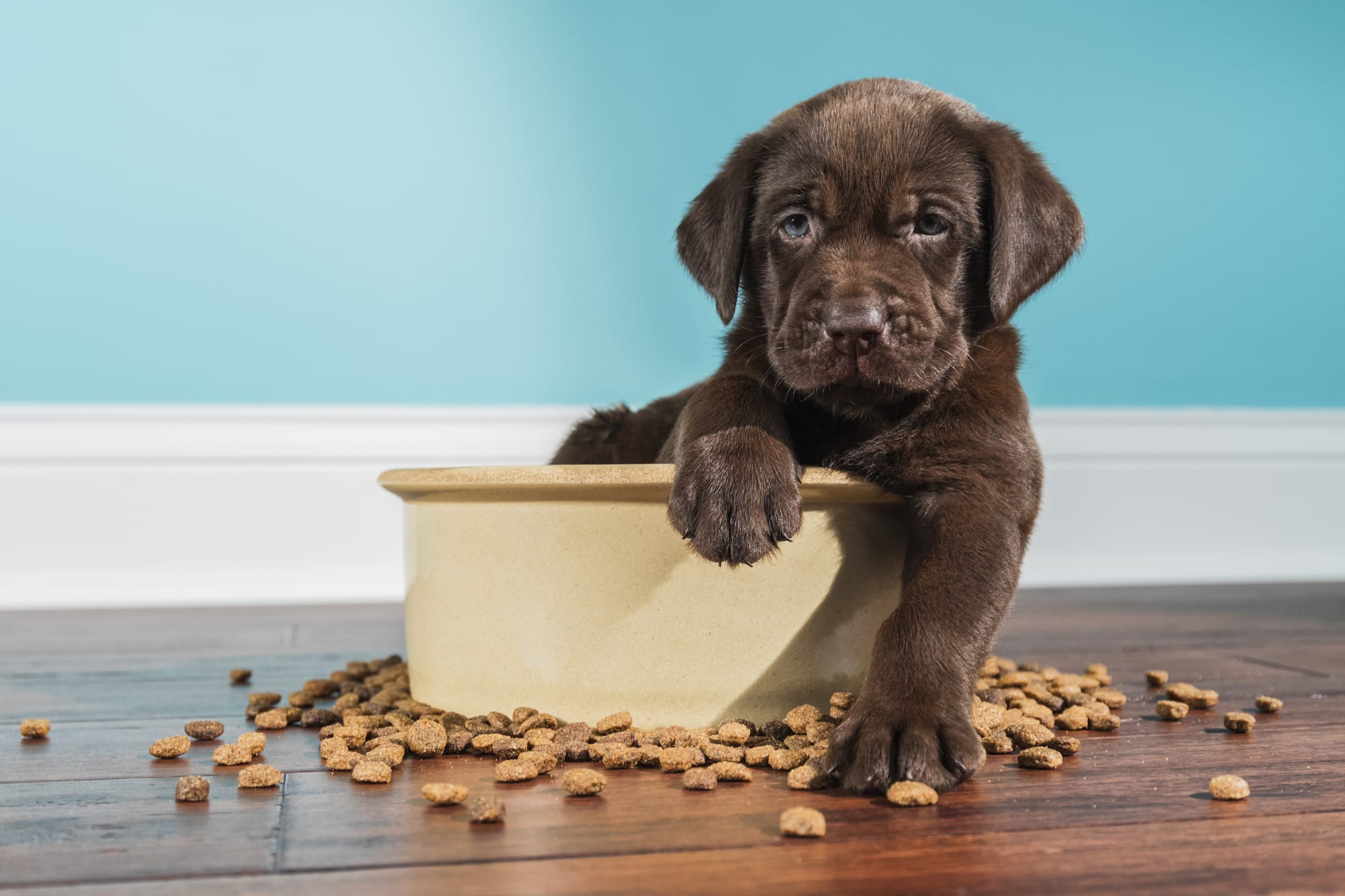 Why Is My Dog Refusing Dinner?
Why Is My Dog Refusing Dinner?
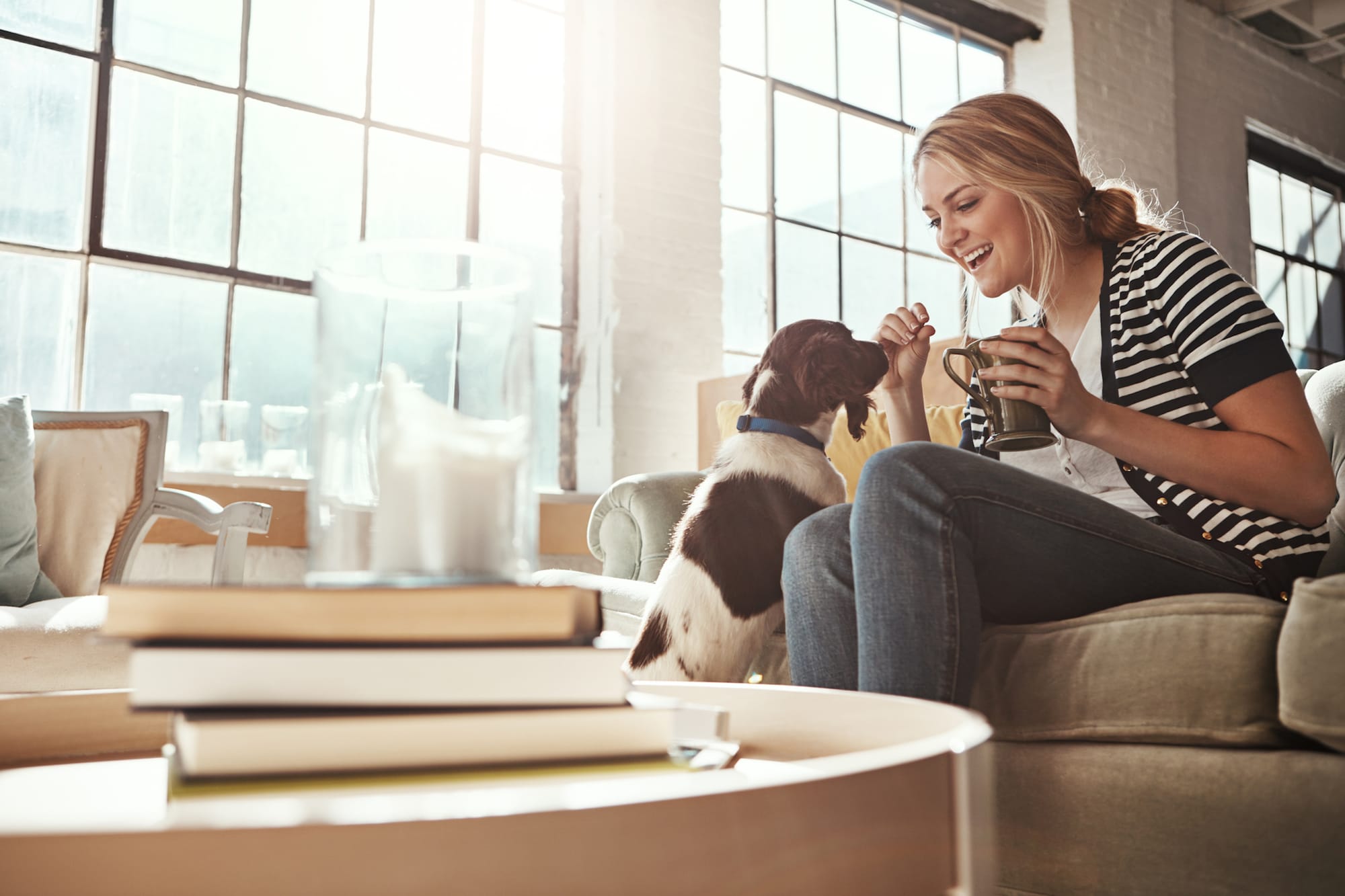 Myths About Dog Starvation
Myths About Dog Starvation
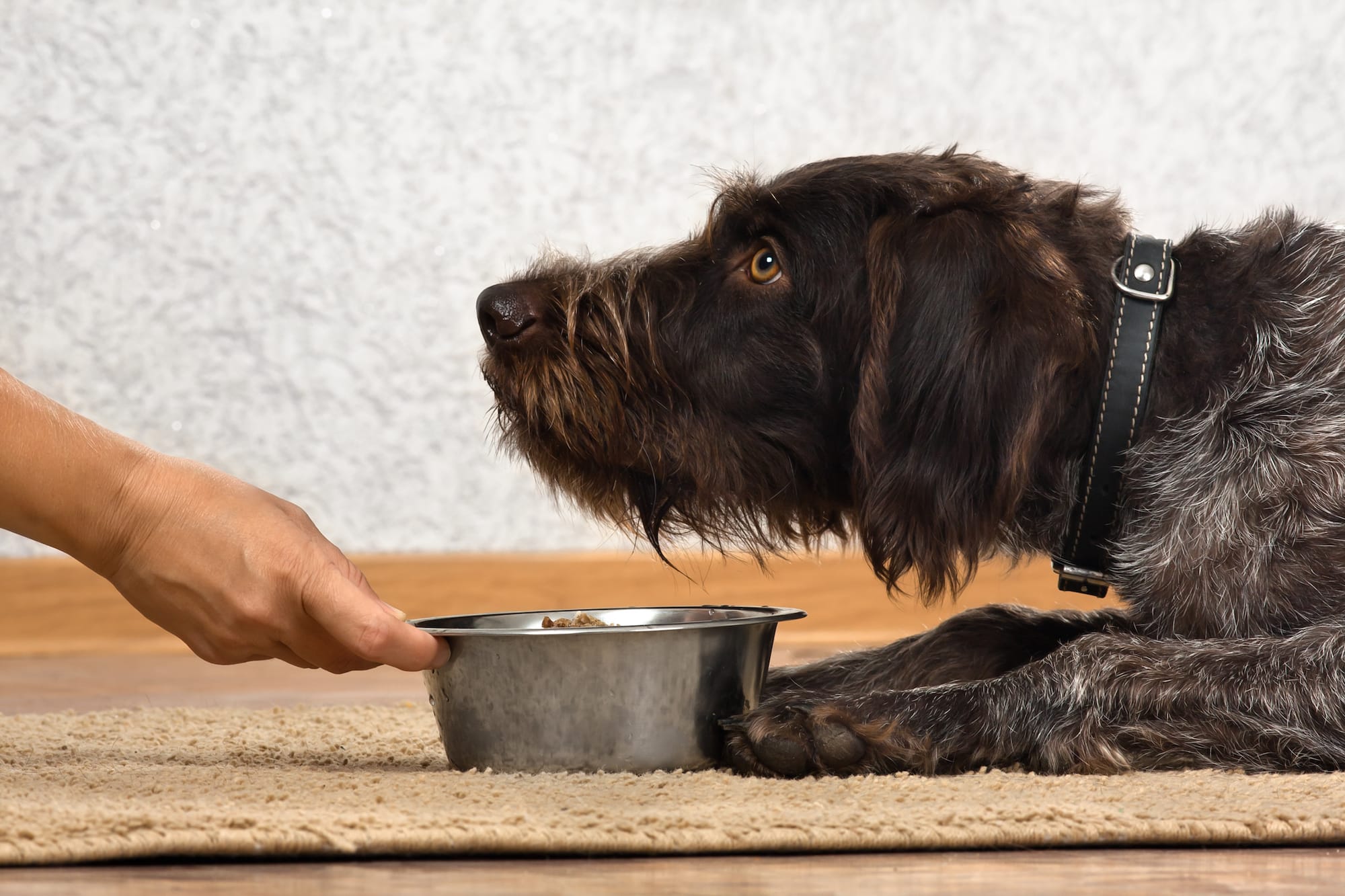 Dog Food Types & Cost Comparison
Dog Food Types & Cost Comparison